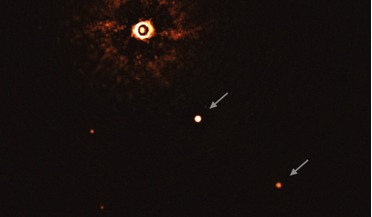 22 July 2020
Astronomers capture the first ever image of a multi-planet system around a Sun-like star
22 July 2020
Astronomers capture the first ever image of a multi-planet system around a Sun-like star
... future instruments, such as those available on the ELT, will be able to detect even lower-mass planets around this star marks an important milestone in understanding multi-planet systems, with potential implications for the history of our own Solar...
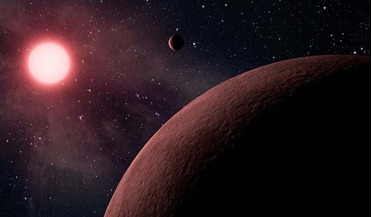 19 January 2016
Giant double-planet system around an evolved star detected by astronomers
19 January 2016
Giant double-planet system around an evolved star detected by astronomers
... get too close to their neighbours to cause significant disruption. The number of multi-planet systems found to date, regardless of the central star’s status is around 506 systems and about 280 of these have only two confirmed exoplanets. Taking into...
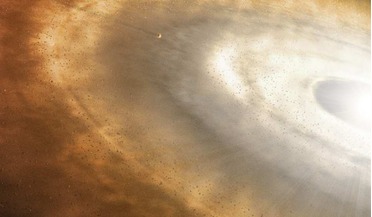 27 June 2016
Protoplanetary disc shares similarities with our own Solar System say researchers
27 June 2016
Protoplanetary disc shares similarities with our own Solar System say researchers
... project using data gathered from instruments aboard the Herschel Space Observatory to study how multi-planet systems beyond our own Solar System formed. by performing full spectral scans of young stellar objects embedded in protoplanetary discs. The...
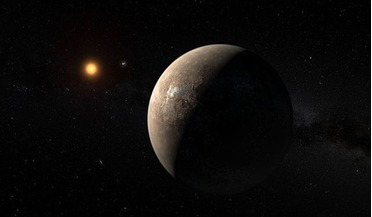 28 August 2016
How habitable is Proxima b?
28 August 2016
How habitable is Proxima b?
... non-condensible gases (with a greenhouse effect or not) to prevent the formation of a cold-trap on the planet’s surface. To do this, a planet would need an appreciable atmosphere to lock the volatiles in. Inevitably, comparisons are drawn with Venus...
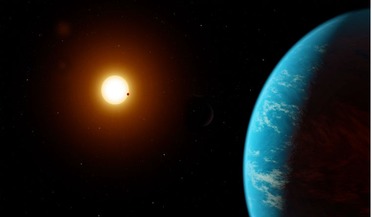 07 January 2019
Two new firsts for exoplanets found by TESS
07 January 2019
Two new firsts for exoplanets found by TESS
... is certainly looking a desirable place in which to study “planetary composition and architecture in multi-planet systems”, say the team, whose lead author on the research paper is Diana Dragomir from the Department of Physics ...
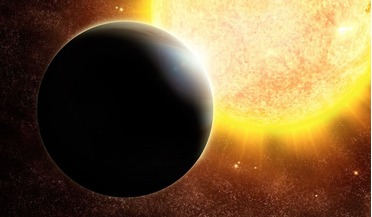 February 2016
How to Build Planets
February 2016
How to Build Planets
... hundreds more awaiting further analysis, and these detections are not just limited to singular planets. A number of multi-planet systems have also been identified, such as 55 Cancri A. Formation of an accretion disc around a star Located 41 light...